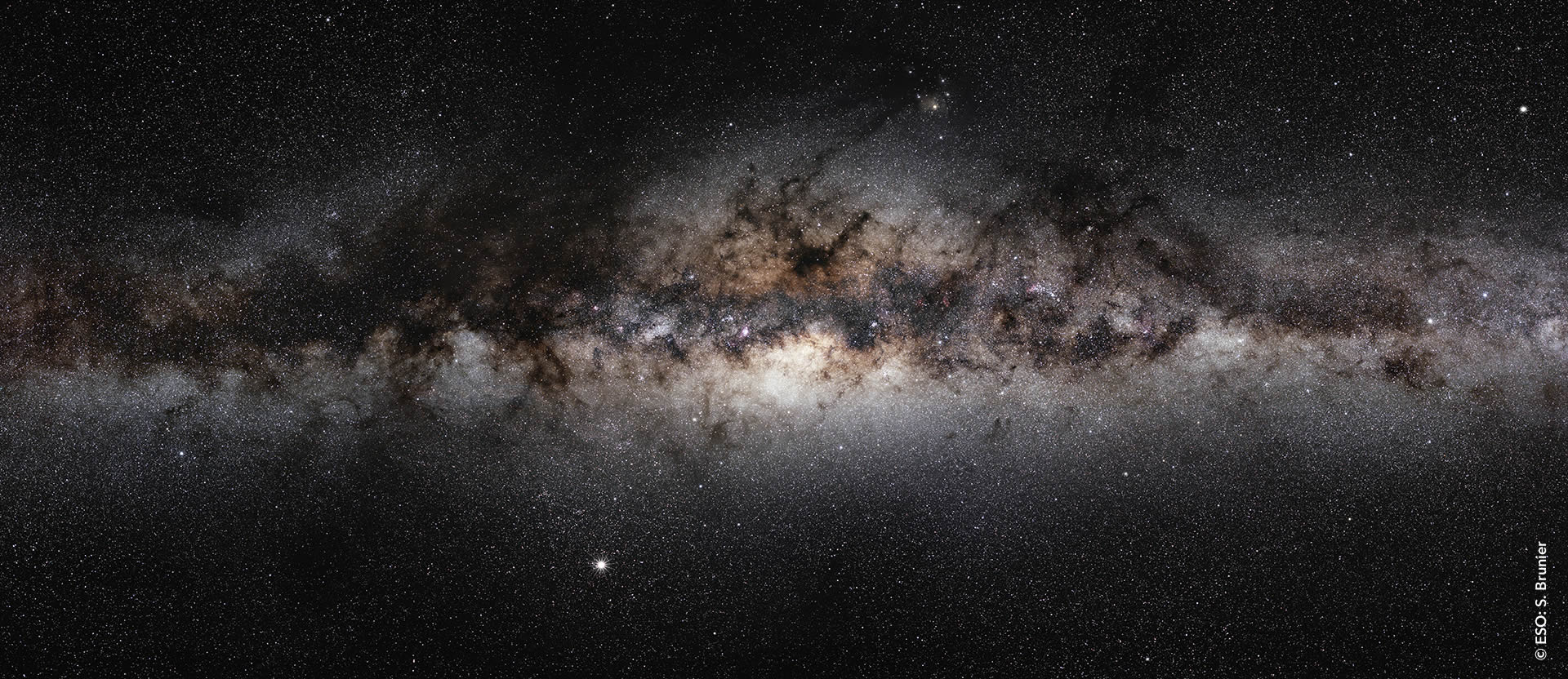The speed of light — and its limits

For millennia, light has served us as messenger. Lighthouses lead ships into safe harbor and warn of shallow waters, and fires on watchtowers once transported news over distances a rider would have needed weeks for. The Roman Limes comprised nearly a thousand watchtowers over a distance of hundreds of kilometers. One estimates that the Chinese included more than twenty thousand watchtowers in the Great Wall, and over ten thousand more connected the Wall with the capital to convey messages of incoming attacks.
Even as light was — and still is — a great tool to transport messages, its speed is not unlimited, although at 300,000 kilometers per second it is extremely fast. To travel the distance between Munich and Hamburg, light needs only two milliseconds. Due to this extremely high speed, there was no evidence for the finiteness of light until the late 17th century, because all observations were in accordance with an immediate occurrence of light once emitted by a distant source. The discussion was more of philosophical value, as there existed no techniques or tools capable of measuring it.
Only today can we understand and consider the limits of the speed of light in our everyday life. Computers, for example, work in frequencies of gigahertz — this corresponds to one operation per nanosecond. Because electric signals in computers are also limited by the speed of light, we have to take into account the transit time of the signal from one part of the circuit board to another. In one nanosecond, light travels a distance of 30 cm — the typical scale of our electronic devices. Modern signal processing thus does not only have to handle technical issues, but also reaches physical boundaries.
A mere glance at the sky could resolve early discussion about the potential finiteness of the speed of light. On scales of interplanetary distances, light does indeed need easily measureable times to get from the source to the observer. In 1676, Ole Rømer correctly interpreted deviations between calculations of the appearance of Io, one of Jupiter’s moons, and his own measurements of it at different times of the year. With this, he proved that light took more than a quarter of an hour to travel the distance of the diameter of the earth’s orbit around the sun, which we know today to be approximately 300 million kilometers.
When we leave our solar system, we pass through almost entirely empty space for trillions of kilometers. Speaking of these immense distances, one does not use the unit of kilometers anymore, but describes a distance with the time that light needs to overcome it. The light from the star closest to the sun – Proxima Centauri — needs approximately four years to reach us. So, we say that it is four light years away. One light year corresponds to ten trillion kilometers.
Even if we had the skill to build spaceships capable of carrying enough fuel, and to ensure the survival of its crew, it would take dozens of years to reach this next star. The acceleration of a spacecraft to a velocity of one tenth of the speed of light would take about one month, when speeding up by 10 m/s per second, which is the value of the gravitational acceleration of the earth on the surface. Taking the mass of the lunar rocket Saturn V (3000 tons) as the mass of our hypothetical spaceship, the energy needed for this acceleration would be more than twice the amount of humanity’s annual energy consumption! Keep in mind that you need the same time and energy to stop again at your destination. Furthermore, even if we assume that we are capable of utilizing nuclear fusion, the fuel that would have to be carried would make up a multiple of the assumed mass of 3 kt. Our plans to travel to the stars are not looking good.
The star closest to the sun is relatively near. About one hundred billion stars exist in our galaxy, the Milky Way, alone. It has a diameter of about a hundred thousand light years. We sit about 25,000 light years away from the center of the Milky Way and look at stars that emitted this light hundreds and thousands of years ago. They send us photographs of times long passed. Because every star is a different distance away from us, light travels at different times, and thus we see a picture of our galaxy as it has never actually existed.
Should another intelligent society exist somewhere in our galaxy, the limit of the speed of light is a serious problem for communication. Assuming we had a transmitter and detectors powerful enough to send and receive signals from another star system, the time of flight of such a communication would be far too long to allow for a reasonable dialogue. If we some day receive some kind of signal, the civilization which sent this may have already vanished long time ago.
As far as we understand the laws of nature and physics, there is nothing faster than light. Already today this limits our technical capabilities of signal processing, due to the spatial size of our computers. And even if the finiteness of the speed of light does not play a great role on the scale of our everyday life, we definitely have to consider it when looking at interstellar distances.
And so, every glance at the stars is like traveling back in time, into the past of our galaxy.













